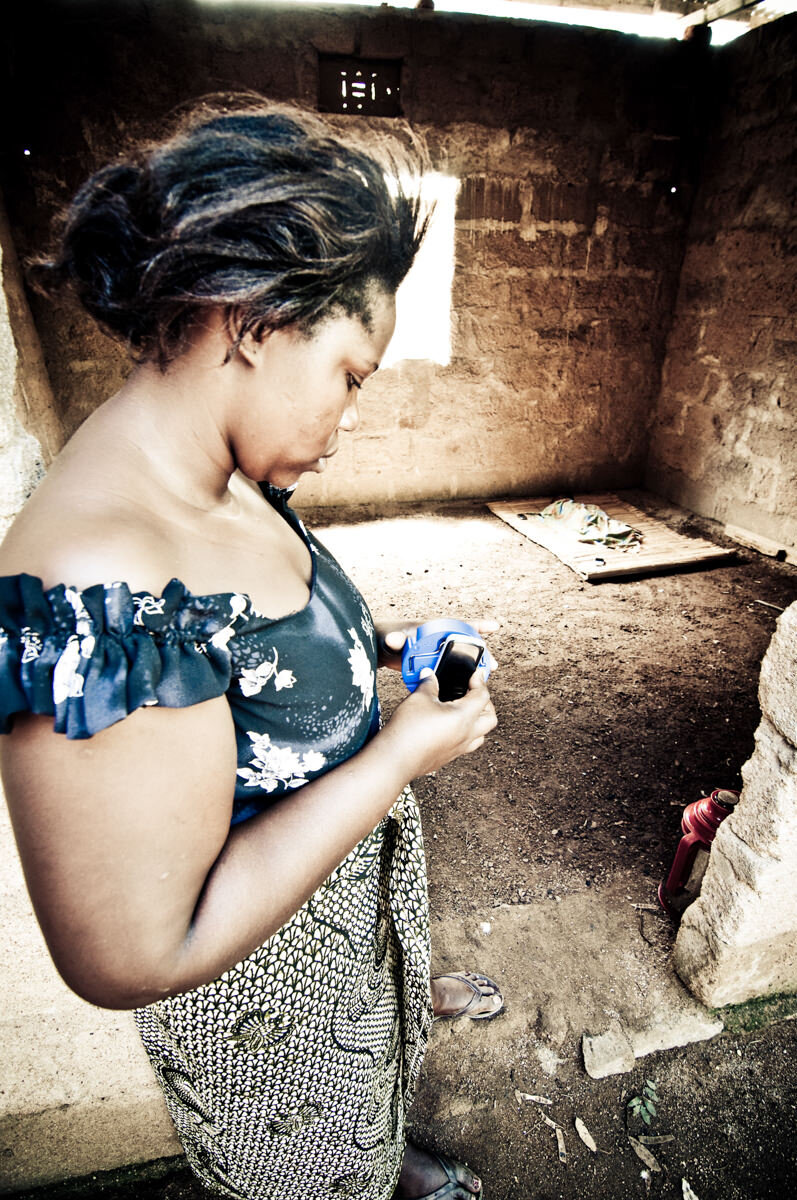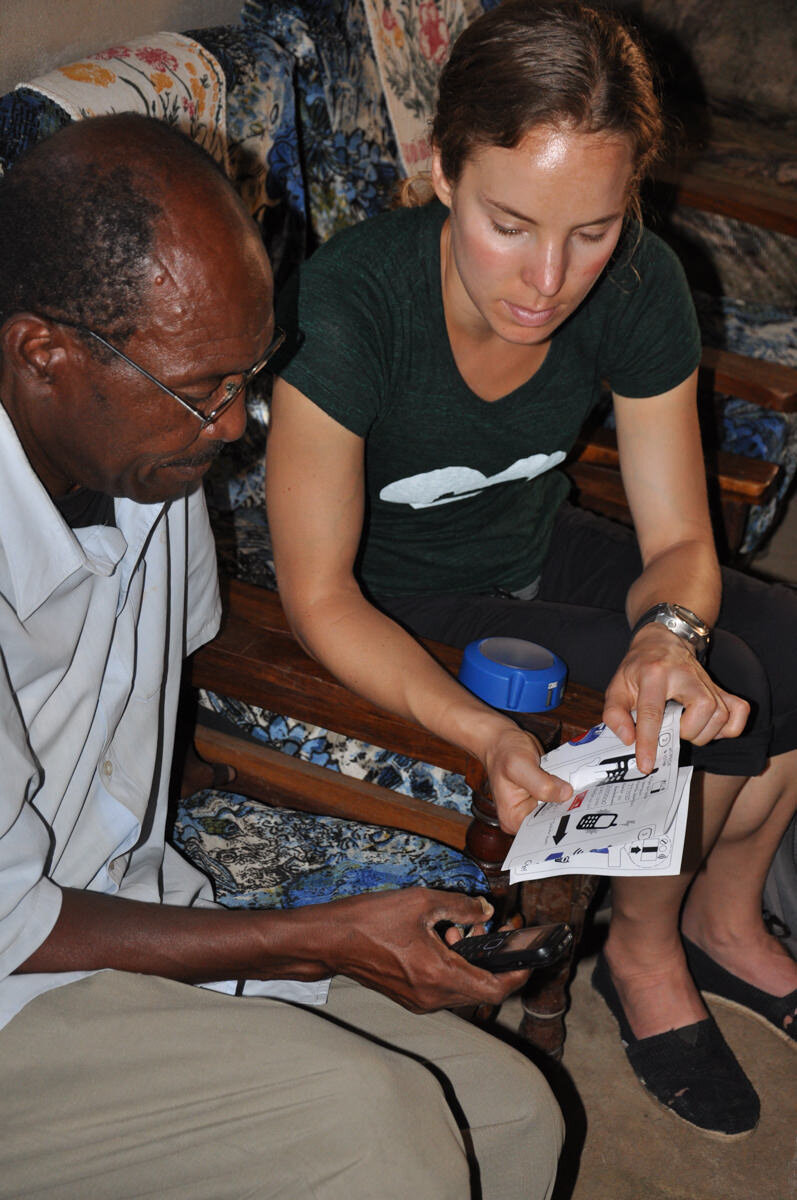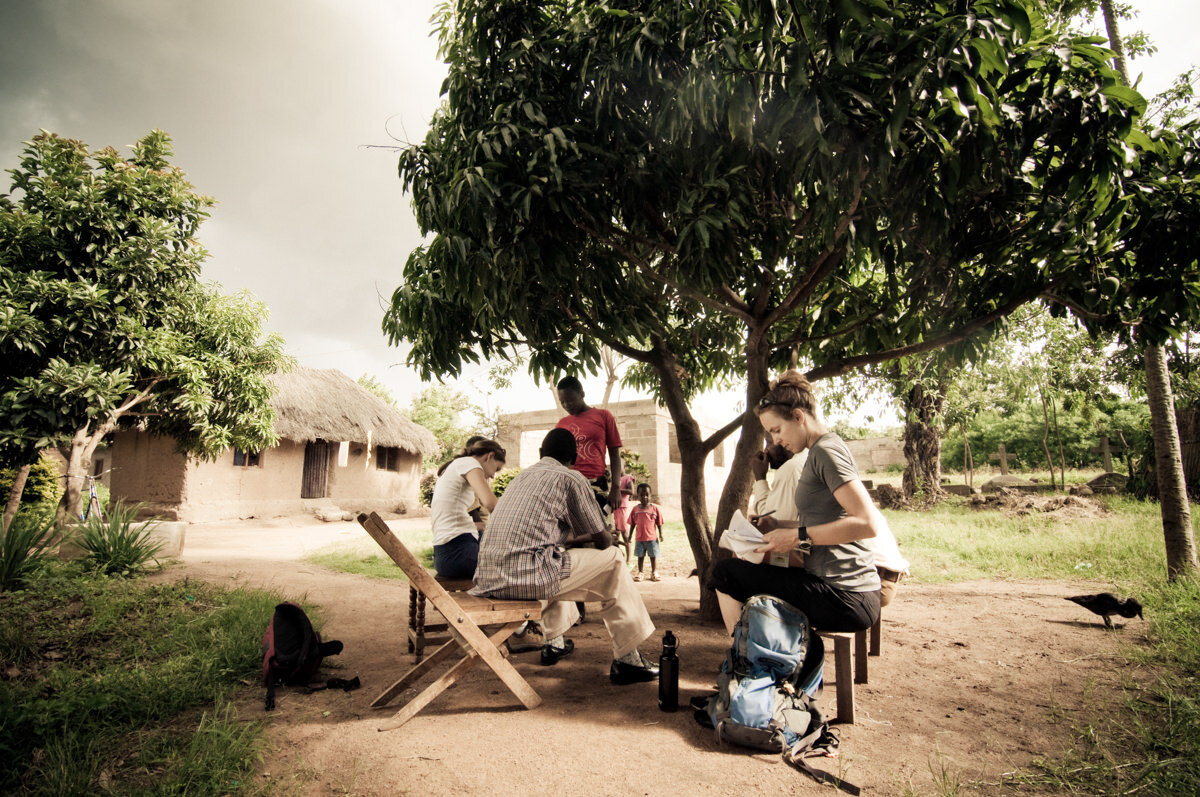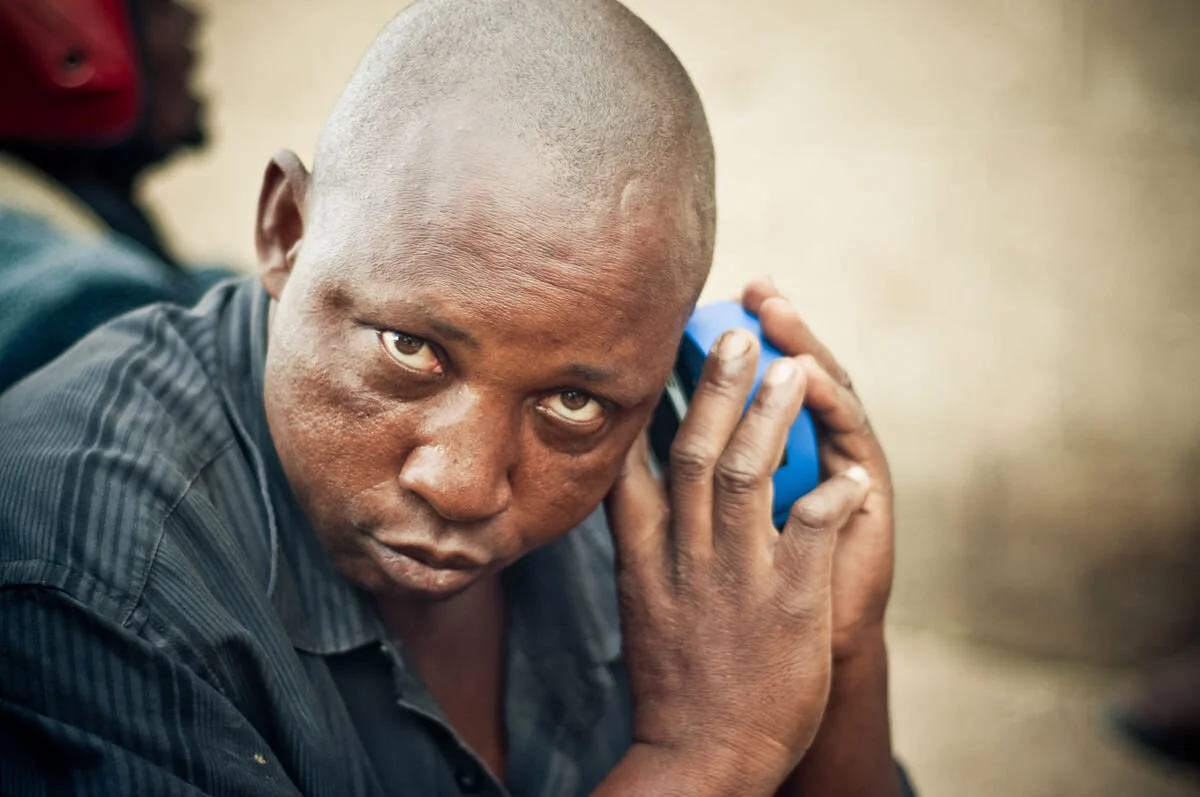
Angaza Solite
Pay-As-You-Go Solar Energy
Heard of pre-paid cell phones? We built a pre-paid solar lighting system in 2011-2012
By 2010, mobile money had revolutionized banking in East Africa, and led to almost everyone in Kenya and Tanzania having a bank account, on their phones. At Angaza, I helped build a system that embedded a micro-loan into a solar lighting system, so that anyone with less than $10 could buy a system and pay it off over time.
I was Director of Engineering at Angaza from 2011 to 2012.
Hypothesis
Customers at the base of the pyramid would be able to afford a lower upfront cost of a solar light, and be able to make payments over time, as opposed to a large initial sum. This would require a small, cheap, solar powered lighting device which can turn on and off, depending on the status of payments. Like a loan built into the light, that turns on once the user has made the payment. It would completely unlock once the ‘loan’ has been paid off.
Backstory
At the time of developing this system, it wasn’t economically feasible to embed a GSM chip into every light without increasing the cost of the unit significantly, and throwing off the repayment math for customers. So we borrowed classic technology from dial-up modems (yes, those annoying but endearing dial up sounds) to create a low-bandwidth communication channel between the cloud and the solar light, by using encoded audio signals via the speaker and mic on the customer’s cell phone. Kind of crazy; mostly worked.
Design Process
A. Pre-Pilot : User Experience Design

Cloud telephony was new then, but perfectly suited for our needs, so I designed a way to use Twilio, even though the call charges were relatively high, it seemed the most future-proof

The big question now became: after the customer makes a payment through their phone, how do we give them instructions so our server might communicate with the device at their end?

Our research showed that exposure to Interactive Voice Response (IVR) systems was reasonable in East Africa, as long as it was in Swahili. I built an IVR system in Python, with all the ‘verbs’ , numbers and phrases, recorded in English first.

I tested these out on friends, and after a few revisions, recorded a kenyan friend in Swahili. This was then linked to the backend, and tested it on an associate in Tanzania.
B. Pre-Pilot : System Design

We lacked the budget to retool for the pilot run, we couldn't make any changes that would not work with the old housing. Hence I made the following changes in firmware: Used 1 position of the 3 position switch for ‘communication mode’ The main LED chamber was used to fit the indication (red/green) LEDs, which would be used to indicate success/failure of adding credit.

We designed a new board with the same footprint as the previous one, but with connectors for a mic and speakers, and amplifier and an Arduino core.

From our research, the most anticipated use of energy in East Africa, would be to charge cell phones. Eventually we used the kludgy : 3.5mm jack > USB Female > USB Male > Phone charger adapter. Going to USB allowed us to find phone connectors of all kinds, but couldn’t implement USB on the housing itself due to its curved nature.

The entire system is predicated on the energy management system which is spread between the back-end, that I coded in Python, and in the embedded firmware, written in C by Bryan, the CTO. The backend manages the total amount of available ‘credits’ and race conditions, while the firmware controls the usability of the outputs.

Adding analytics capabilities : I identified these metrics that could be useful in the future, to identify trends, debug hardware issues and iterate better

We crimped, drilled and soldered our way from a dumb light, to the smart, connected Solite2
Pilot Study
The pilot study was a socio-cultural experience, requiring us to market and sell fairly complex hardware in an foreign language, in rural Tanzania, to people who have very little money. We sent 25 working units into the field in Musoma, Tanzania.
Even with our trusty translator, we struggled through most of it, and when we finally started making sense of all our data, we got robbed of almost all our possessions, leading to the end of the pilot!

The Angaza team in a pilot customer's backyard

Here, under our guidance, a customer is able to successfully add credit to their light by getting the phone to ‘talk’ to the Solite.

We hit a hard brick wall when the transactions to add credit to their light failed. Customers struggled to understand the IVR, and panicked when their money did not actually end up ‘in the light’. Here Victoria is going over the procedure with a customer when they called us asking for help.

Monday mornings under the mango tree

Lesley explaining our operators manual to a young customer. Even though it was Swahili, it helped to keep it as pictographic as possible.

Customers were quick to understand the electrical components of the system, and even the concept of pay-as-you-go.

A customer setting it up

Bettina proudly showing us what she's able to replace

Angaza team walking through the village
Customer Interviews
We profiled and conducted interviews throughout the process, gauging user’s understanding of the features of the product, the process of adding credit, as well as their misgivings and struggles with the Solite2. We made sure to include people of different educational, social and financial backgrounds, to have a better mix, all within our target audience in Musoma.







Major Learnings and Outcomes
Process of adding credit was cumbersome
Customers couldn’t understand the steps in the IVR, which in turn was due to both its structure and the non-localized accent of the speaker
Added SMS instructions and re-did the IVR with a native speaker
Communication between the phone and light was unreliable
On average it needed 3-4 tries to transmit data via audio, and was largely due to the low speaker quality on customer’s cell phones
Needed to move to a non-audio based communication mechanism, but embedding GSM was too expensive on a per-device basis in 2011
Customers rarely understood our sales demo
They were happy as long as their light worked. As soon as it ran out of credit, they panicked and called us.
Need a local sales team in most regions
Not enough feedback from the light
Most couldn’t tell the difference between a dead battery and no credit.
These status reports either need to be communicated to the user via SMS on their phone, or via a separate indicator on the device
Contribution
In a team of 4 trying to achieve lofty goals in a short span of time, we collaborated on most aspects. My closest collaborator was Bryan Silverthorn, Angaza Design’s CTO.
The features highlighted in orange on the right, are the ones that I was responsible for, or was the primary contributor.

After wrapping up the pilot and coming back home to San Francisco, we pivoted to a B2B business model, providing it as a service to solar hardware manufacturers, leading to the profitability of the company today.
I left shortly after.


